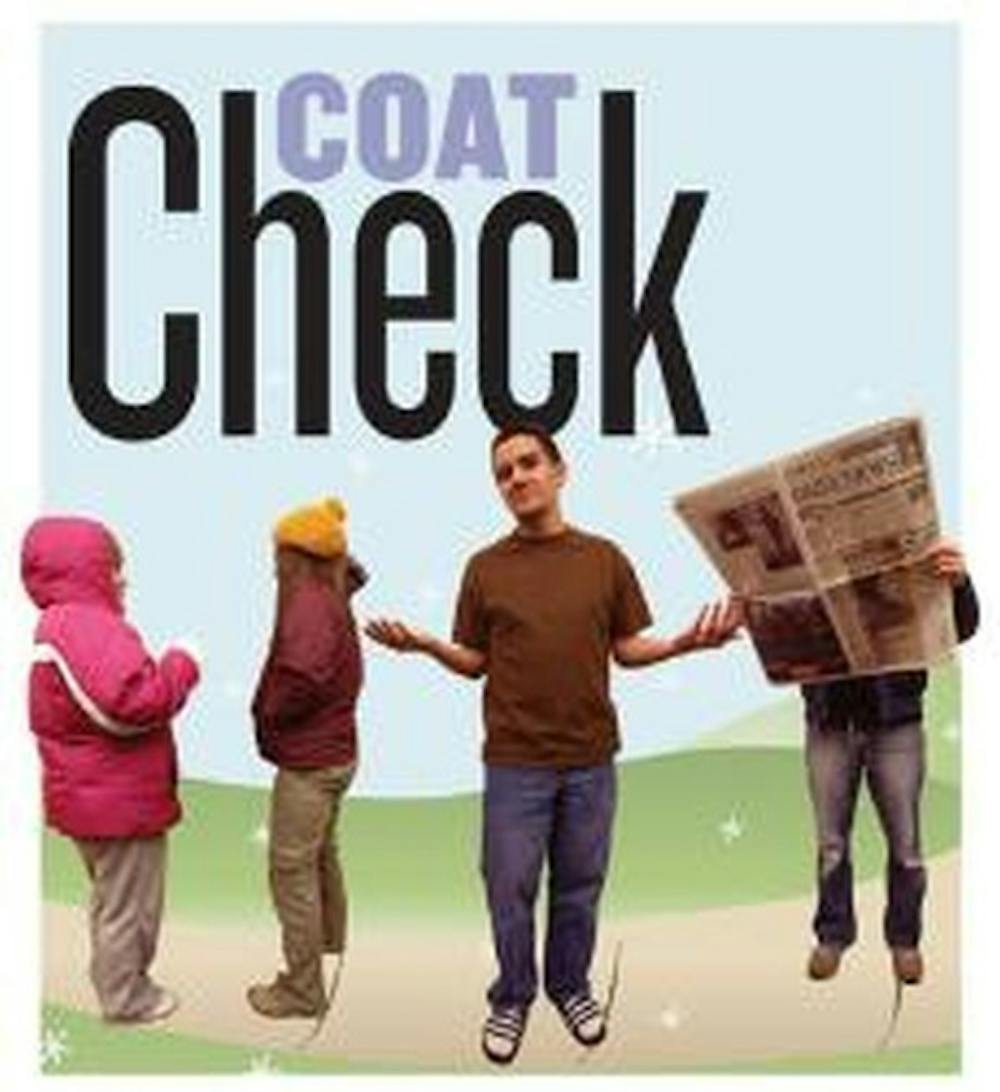Inexpensive, practical and fashionable clothes are available to college students for the winter season, according to Rachel Boison, senior fashion merchandising major at Ball State University.
They just need to know where to look.
Dressing for the weather is very important for college students, she said, especially when walking is their main form of transportation.
Men wearing flip flops on campus when the weather is near freezing is not the brightest of ideas, she said. It is in their best interest to wear hats, scarves and tennis shoes to keep their bodies warm, she said. Wearing such clothes will help keep the body healthy because heat escapes from the head and feet first, Boison said.
The best route to take for practical campus apparel are clothes that fit comfortably, she said. Students need to be wearing lighter-weight clothing meant for winter use because walking is more difficult in the winter than any other season, she said.
Lightweight clothing, like North Face's fleece zip-ups, is better than bulky sweaters because students walking around campus often overheat on their way to classes, Boison said.
Valerie Birk, instructor of apparel design in the family and consumer science department, said layers are a student's best bet for staying warm in the cold. Because temperatures indoors and outdoors are drastically different, students should layer their clothing because they can always take outer articles off when entering a classroom, she said.
Many current fashions are clothes that were once used for utilitarian purposes, Birk said, such as long underwear and boots. Designers have altered utilitarian apparel to make it more fashionable and easier to layer, she said.
To make these clothes more fashionable, designers create items that come in various colors and patterns, Boison said. For instance, long underwear and boots were originally made for outdoor workers but now come in bright colors and patterns for both men and women, she said.
When it comes to buying winter clothing, Boison said, college students usually feel like they can't afford anything new. However, there are retail stores where students can find well-made clothes for relatively low prices, she said. For instance, Target and Old Navy are great stores that provide practical and basic winter apparel such as turtle necks, sweaters, coats, socks and so on, Boison said.
Birk said secondhand stores such as Goodwill are also perfect places to find winter clothes. Secondhand stores allow students to shop without spending enormous amounts of money and still acquire plenty of clothing, she said.
Also, Target, Old Navy and secondhand stores carry reasonably priced dress clothes, she said. And when looking for winter dress clothes, Birk said, shoppers want to find skirts and pants that are made with a wool blend. Skirts should be knee-length or longer, she said. Another option for retaining heat while wearing a skirt is to have a coat that is either as long as the skirt or longer, Birk said.
Another option to keep warm and fashionable, Boison said, was to wear ankle- to knee-length boots to keep the legs warm. Tights and leg warmers are additional options when skirts are necessary, she said.
Overall, winter coats are a significant part of winter apparel, Birk said, and it is important to own one. Quilted coats and jackets with a down filling are very popular right now, she said, and can be found in many popular retail stores such as Abercrombie & Fitch and American Eagle. However, these coats sometimes lose their feathers while students walk around campus, Birk said.
Also, pea coats that are either 100 percent wool or made of a wool blend will keep wearers warm and are made to look dressier, she said. Pea coats are styled after the Naval Pea Coat, which was designed to keep sailors warm at sea, Birk said.



